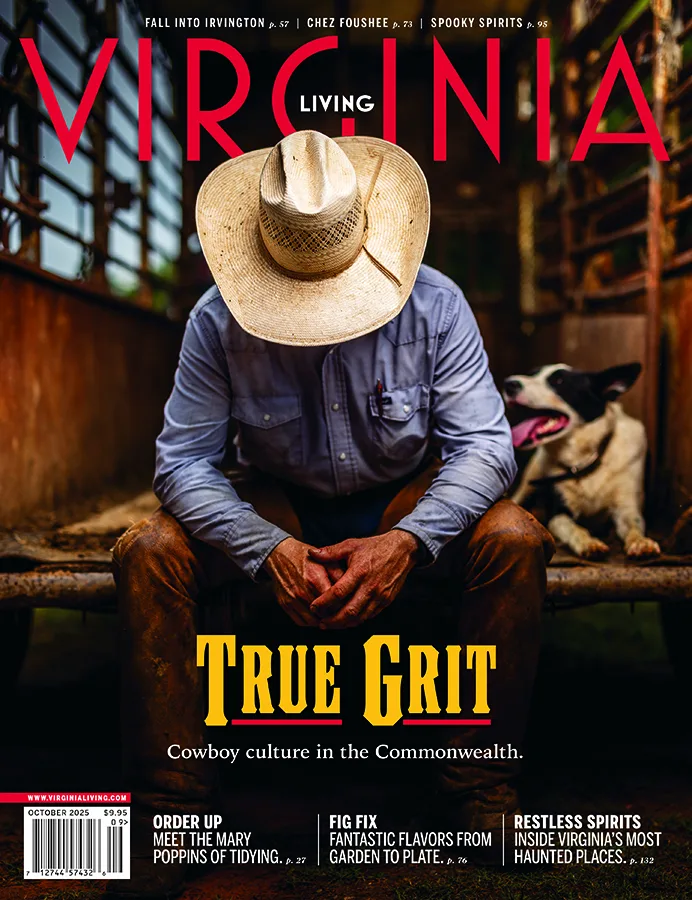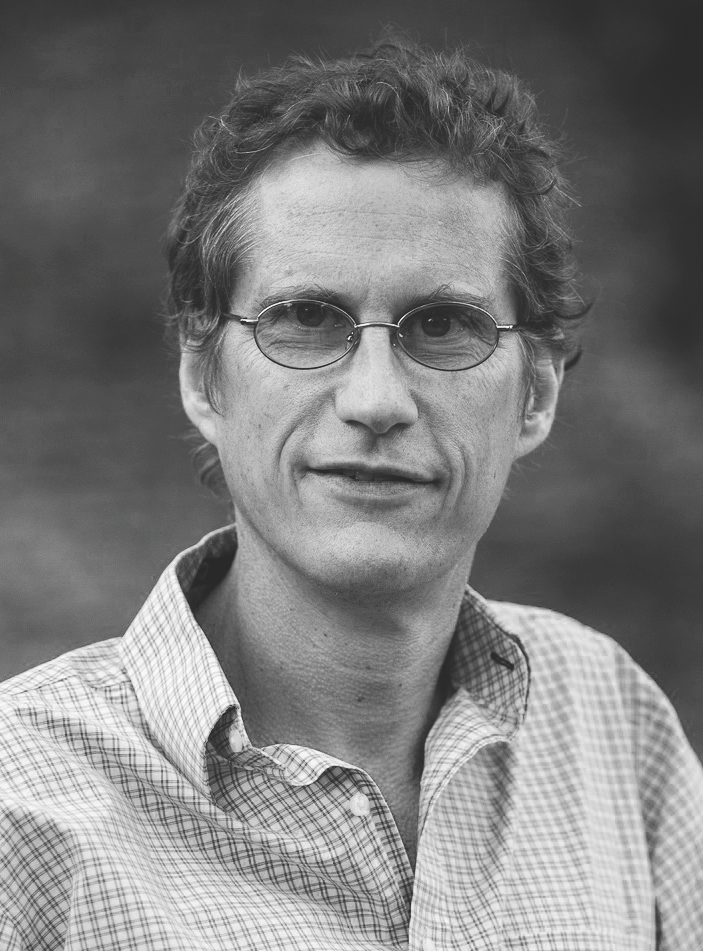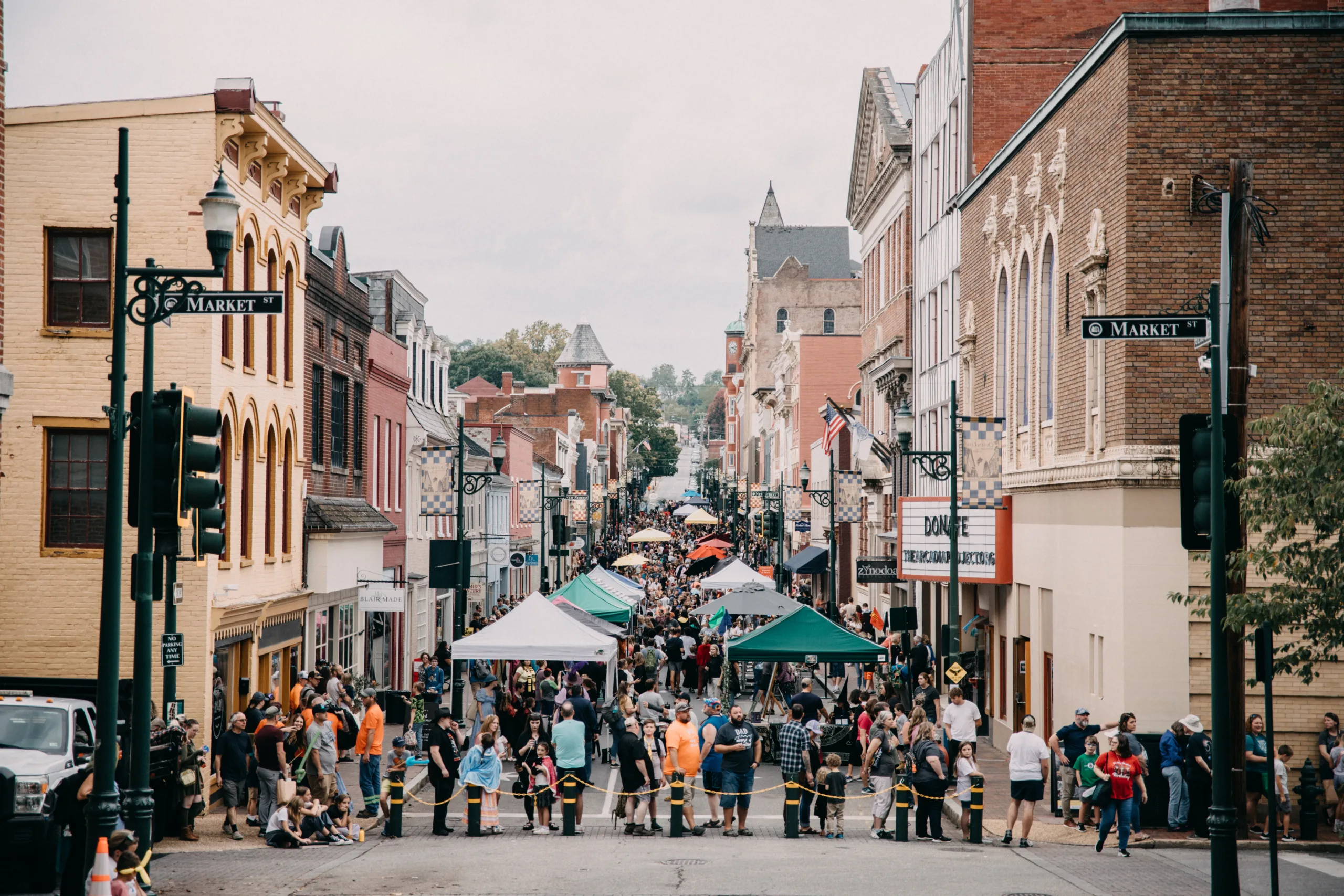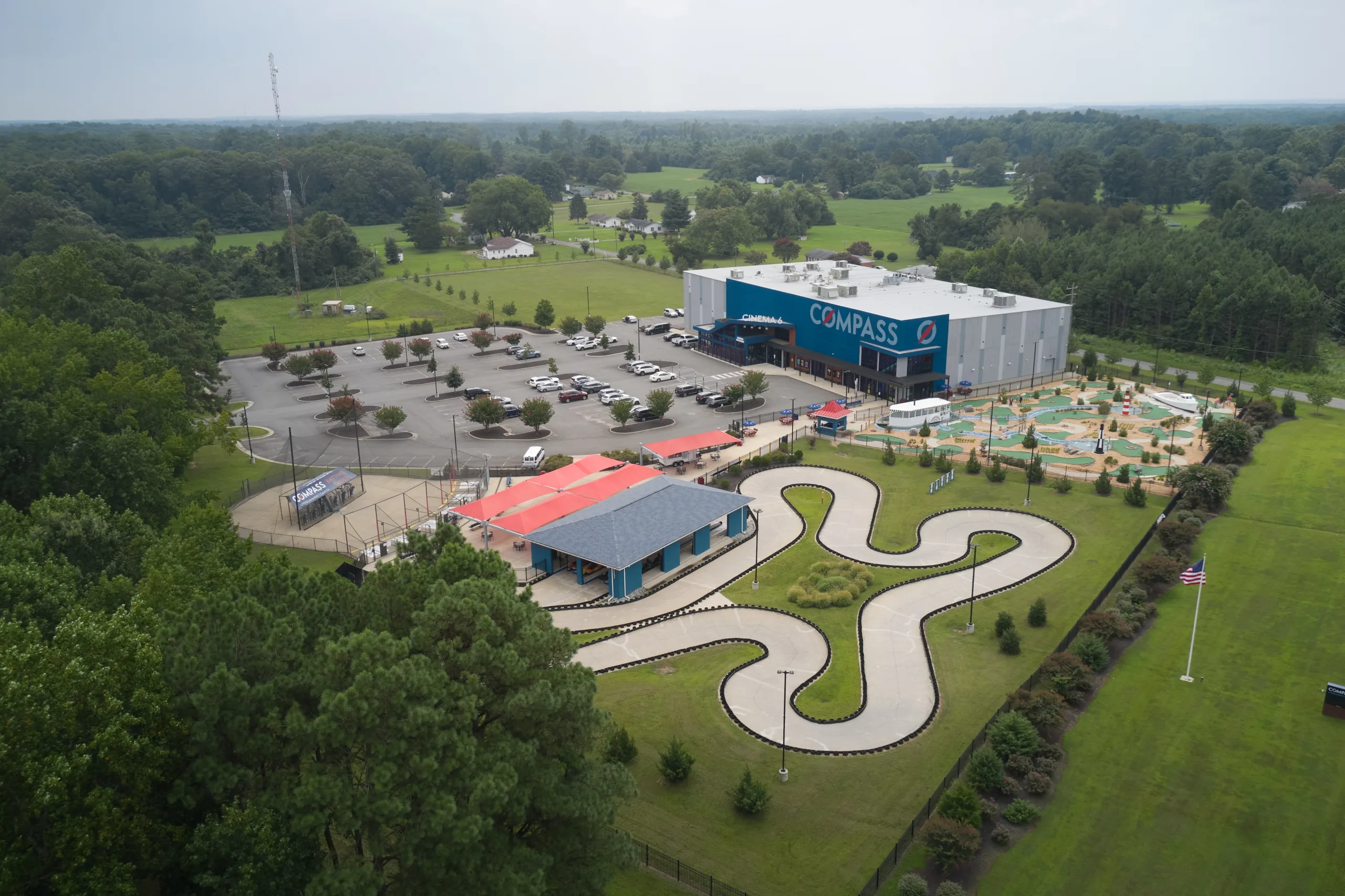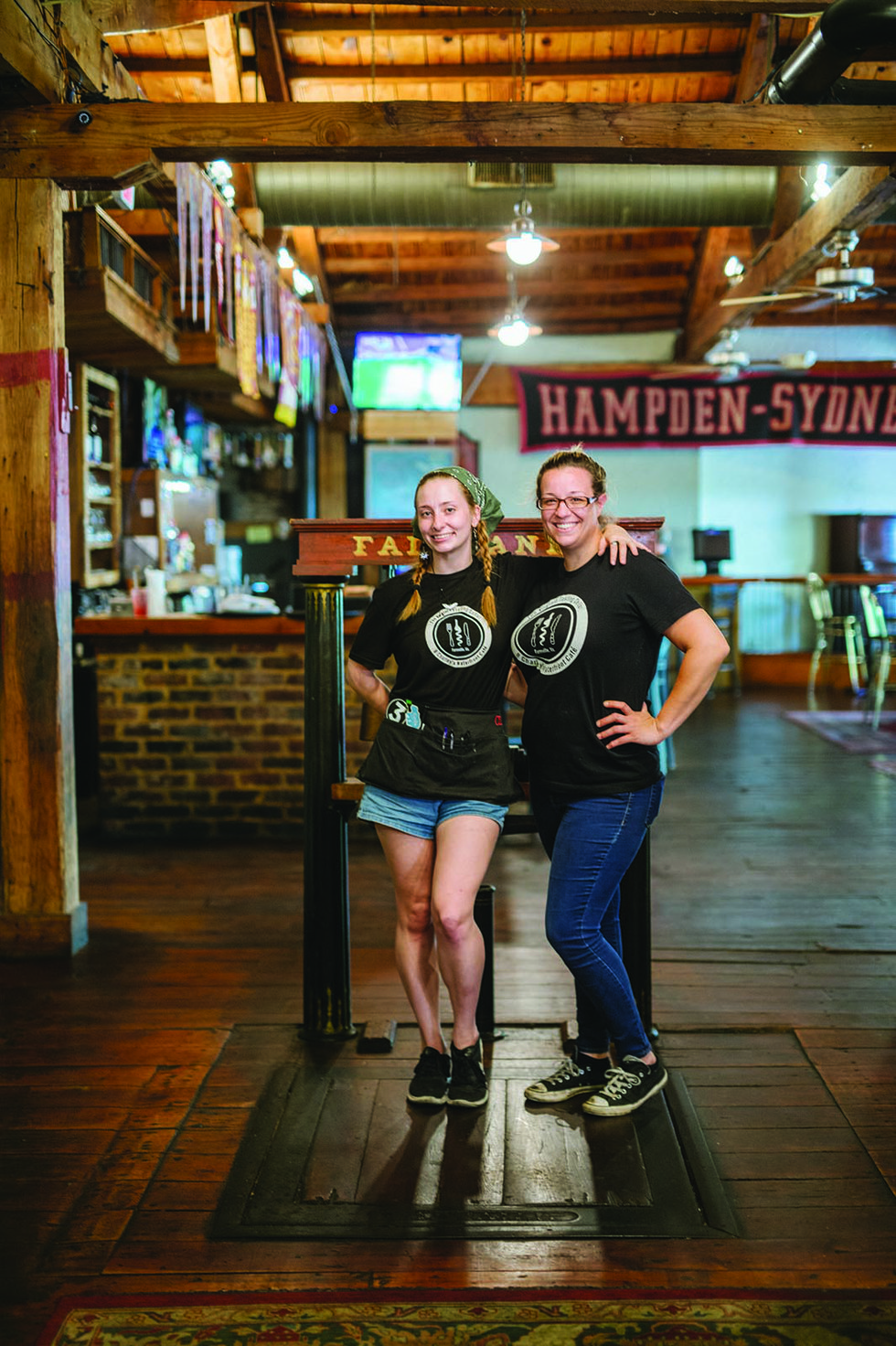How Maria Teresa and Teresa Maria got their groove.

Twins
It was going to be just another gala fundraising party, or so I thought. To be sure, there would be drinking, dancing, a fashion show by the haute couture boutique Roan, an auction of fantastically elaborate getaways to Mustique and other exotic islands, and tables of what-will-they-think-of-next edibles—all in the name of a great cause. I was with my wife, Jessica, and our good friends Freddie and Lawrence, former co-chairs of the event to benefit World Pediatric Project. That the organizers had another doozy in store for us was evident curbside, when we saw piles of white sand and flickering votives lining the walkway into the Thalhimer Pavilion of the Science Museum of Virginia in Richmond. The theme was Midnight in Miami, and a waiter met us with drinks as turquoise as the waters of Biscayne Bay.
A funny thing happened as we walked in, though. As coats were exchanged for little yellow stubs, as information packets and auction paddles flew with hellos and hugs, two 2½-year-old girls, named Maria Teresa and Teresa Maria, tiptoed out from between the curtains that created the reception area. To anyone familiar with their story, this was a remarkable sight.
They aren’t just any girls. One year ago, they came to Richmond from their home in the Dominican Republic as one—one set of conjoined twins, attached at the chest and the abdomen. (The most famous of such twins, brothers Chang and Eng Bunker, born in Siam in 1811, traveled with P. T. Barnum’s circus and were billed “the Siamese Twins,” thus giving conjoined twins their well known name.) At the time, one of the 18-month-old girls was prevailing, and the other was waning. To save them both, they needed to be parted. Their mother, Lisandra, had come with them, praying for a miracle.
It came in the form of David Lanning, chief of surgery at Virginia Commonwealth University’s Children’s Hospital of Richmond, who led a team of more than 50 docs and medical pros through a carefully choreographed 20-hour operation.
It was not just the medical world that pitched in. Before the procedure, VCU’s sculpture department made a mold of the girls for the surgeons to practice on. The occupational therapy department provided a car seat for two, and the fashion department produced special dresses which, like the girls, could eventually be separated. The designers even made a bumble bee costume for them for Halloween.
A week after the surgery, nurses were able to put Maria and Teresa in a bed together for the first time, and the two immediately clasped hands, overjoyed to be together again. A brigade of people kept them company while they grew used to being independent. After three weeks of intensive physical therapy, they learned to balance themselves, to sit and to walk. Lisandra returned to the D.R. with them and a list of instructions. A month later, a medical team visiting the island reported back that the pair were running, playing and developing their own personalities.
“It’s a total transformation,” Lanning remarked recently. “The girls are healthy as can be and attending preschool.”
“It is my hope Maria and Teresa can someday give back as much as has been given to them,” declared a beaming Lisandra.
World Pediatric Project was founded in 2001 by Julian Metts, an orthodontist who, in the early ’90s, traveled to Guyana as part of a Rotary Club medical outreach. There he saw children dying because of a lack of medical facilities and skills. Thus was born his dream of bringing critical care to children in developing countries. The community embraced the dream with time, expertise and bucks. Headquartered in Richmond with outposts in St. Vincent and Belize, WPP now has a stable of 125 volunteer doctors, plus hundreds of nurses. Traveling to eight countries in Central America and the Caribbean this year, they’ll perform more than 3,000 procedures, help build local health care systems and bring back dozens of kids in need of complex care—children like Maria and Teresa.
Back in Richmond for a one-year checkup, the pair pranced around independently beneath the dazzling lights, like the two beautiful, happy girls they had become. Before Dr. Lanning’s remarks, they took to the stage, beamed, waved and blew kisses to the crowd. They turned just another gala into a flesh and blood—and magical—night.
From the February 2013 issue of Virginia Living.
